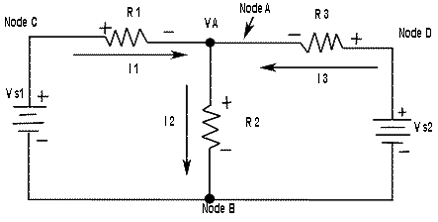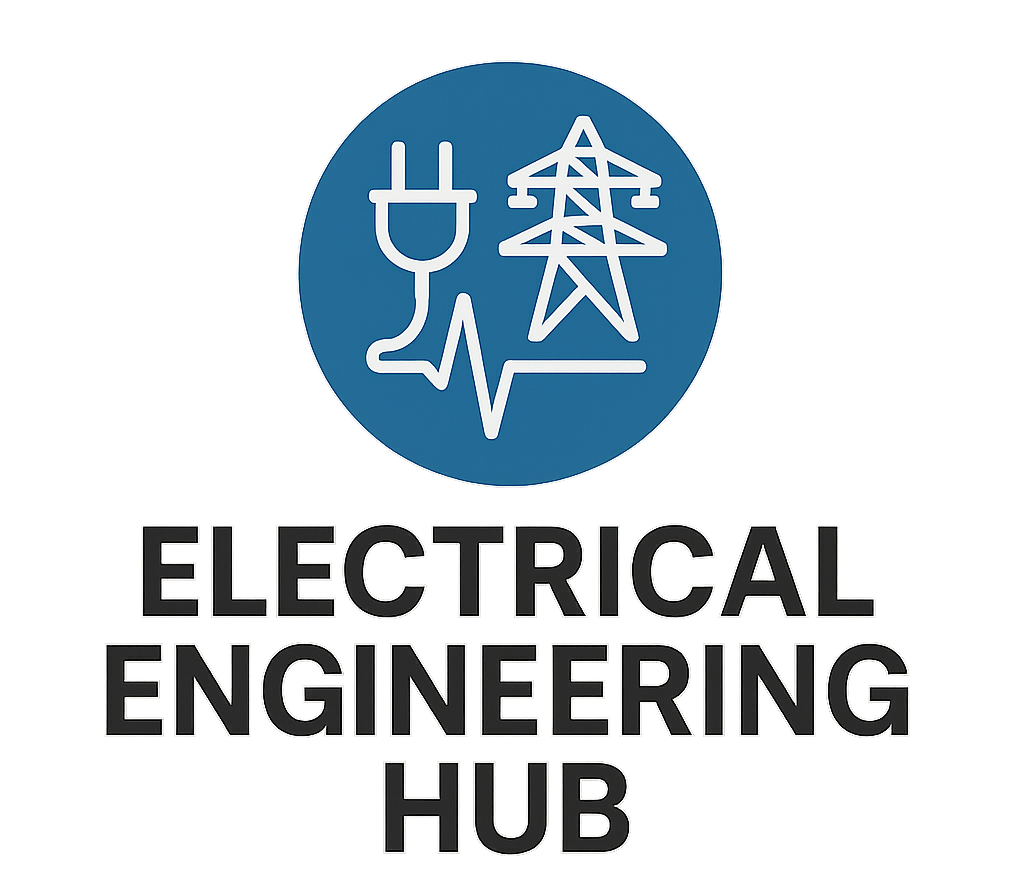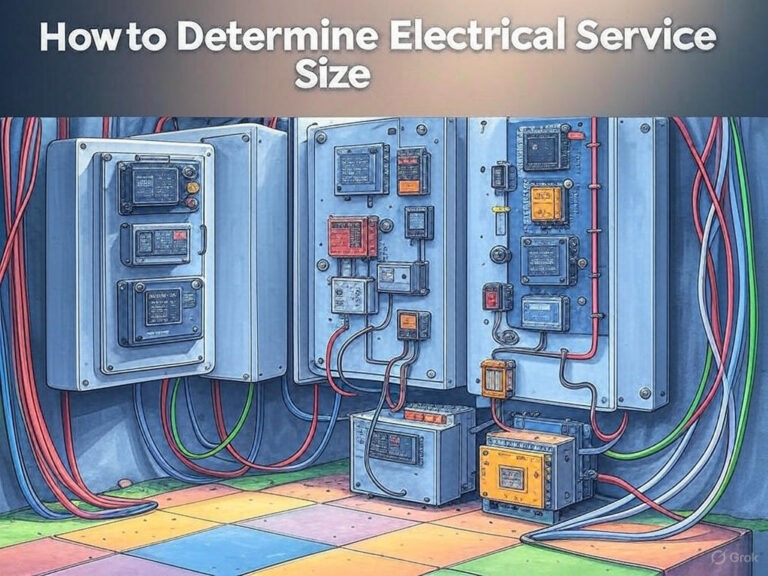Node Voltage Analysis: A Comprehensive Guide
Node Voltage Analysis is a powerful technique used in electrical engineering to analyze complex circuits. This method simplifies circuit analysis by focusing on the voltages at specific nodes within the circuit, rather than dealing with individual component currents. In this article, we’ll delve deep into the principles of Node Voltage Analysis, explore its applications, and work through some technical examples to solidify our understanding.

Table of Contents
Understanding the Fundamentals of Node Voltage Analysis
At its core, Node Voltage Analysis is based on Kirchhoff’s Current Law (KCL), which states that the sum of currents entering a node must equal the sum of currents leaving that node. By applying this principle systematically to each node in a circuit, we can develop a set of equations that describe the circuit’s behavior.
The key concept in Node Voltage Analysis is the node voltage, which is defined as the potential difference between a specific node and a reference node (usually ground). By expressing all voltages in the circuit in terms of these node voltages, we can significantly reduce the number of unknowns and simplify our analysis.
The Process of Node Voltage Analysis
To perform Node Voltage Analysis, we follow a structured approach:
- 1. Identify all nodes in the circuit and choose a reference node (ground).
- 2. Assign voltage variables to each non-reference node.
- 3. Apply KCL to each non-reference node, expressing currents in terms of node voltages.
- 4. Solve the resulting system of equations to find the node voltages.
- 5. Use the node voltages to calculate other circuit parameters as needed.
This process allows us to systematically analyze even complex circuits with multiple components and interconnections.
Advantages of Node Voltage Examination
Node Voltage Analysis offers several advantages over other circuit analysis techniques. Firstly, it reduces the number of equations needed to solve a circuit, as we only need to consider non-reference nodes. This simplification can be particularly beneficial in large, complex circuits where other methods might become unwieldy.
Moreover, Node Voltage Analysis is highly systematic, making it easier to implement in computer-aided circuit analysis tools. This compatibility with computational methods has made it a favorite among electrical engineers and circuit designers working on advanced projects.
Node Voltage Analysis vs. Mesh Current Analysis
While both Node Voltage Analysis and Mesh Current Analysis are powerful techniques, they each have their strengths. Node Voltage Analysis tends to be more efficient for circuits with a large number of components connected in parallel, as it naturally aligns with the topology of such circuits. On the other hand, Mesh Current Analysis might be preferable for circuits with many series connections.
The choice between these methods often comes down to the specific circuit configuration and the engineer’s preference. Many experienced engineers are proficient in both techniques and can choose the most appropriate method for each situation.
Technical Examples of Node Voltage Analysis
To better understand how Node Voltage Analysis works in practice, let’s work through a couple of technical examples.
Example 1: Simple Two-Node Circuit
Consider a circuit with two voltage sources (V1 = 10V and V2 = 5V) connected by three resistors (R1 = 2Ω, R2 = 3Ω, and R3 = 4Ω). We’ll use Node Voltage Analysis to find the voltage at the node between R1 and R2.
First, we identify our nodes. We have three nodes, but we’ll choose the bottom node as our reference (ground). This leaves us with two node voltages to solve for: Va (between V1 and R1) and Vb (between R1 and R2).
Applying KCL at node Va:
(Va – 10)/2 + (Va – Vb)/3 = 0
Applying KCL at node Vb:
(Vb – Va)/3 + (Vb – 5)/4 = 0
Rearranging these equations:
5Va – 2Vb = 30
-Va + 2.33Vb = 3.75
Solving this system of equations, we find:
Va ≈ 8.57V
Vb ≈ 7.14V
Thus, the voltage at the node between R1 and R2 is approximately 7.14V.
Example 2: Three-Node Circuit with Current Source
Let’s analyze a more complex circuit with three nodes (excluding ground) and a current source. Consider a circuit with a 2A current source flowing into a node connected to three resistors: R1 = 4Ω to ground, R2 = 6Ω to another node, and R3 = 8Ω to a third node. The second node is connected to ground through a 5Ω resistor (R4), and the third node is connected to a 12V voltage source.
We’ll assign node voltages V1, V2, and V3 to our three non-ground nodes. Applying KCL at each node:
Node 1: 2 = V1/4 + (V1-V2)/6 + (V1-V3)/8
Node 2: (V2-V1)/6 + V2/5 = 0
Node 3: (V3-V1)/8 + (V3-12)/8 = 0
Rearranging these equations:
0.729V1 – 0.167V2 – 0.125V3 = 2
-0.167V1 + 0.367V2 = 0
-0.125V1 + 0.25V3 = 1.5
Solving this system of equations, we find:
V1 ≈ 5.79V
V2 ≈ 2.63V
V3 ≈ 11.05V
These node voltages allow us to calculate any other circuit parameters we might need, such as currents through individual components or power dissipation in the resistors.
Applications of Node Voltage Analysis
Node Voltage Analysis finds applications across various domains of electrical engineering and electronics. In power systems engineering, it’s used to analyze complex grid networks and optimize power flow. In analog circuit design, engineers use Node Voltage Analysis to determine bias points of transistors and ensure proper operation of amplifiers.
The technique is also valuable in the design and analysis of integrated circuits, where complex networks of transistors and other components must be carefully balanced to achieve desired performance characteristics. Moreover, in the field of control systems, Node Voltage Analysis helps engineers model and analyze feedback networks and signal processing circuits.
Conclusion
Node Voltage Analysis stands as a cornerstone technique in electrical engineering, offering a systematic and efficient approach to circuit analysis. By focusing on node voltages and leveraging Kirchhoff’s Current Law, this method simplifies the analysis of complex circuits and provides valuable insights into their behavior.
As we’ve seen through our technical examples, Node Voltage Analysis can be applied to a wide range of circuit configurations, from simple two-node networks to more complex multi-node systems involving both voltage and current sources. Its versatility and compatibility with computational methods make it an indispensable tool in the modern engineer’s toolkit.
Whether you’re designing power systems, developing new electronic devices, or optimizing existing circuits, mastering Node Voltage Analysis will undoubtedly enhance your ability to tackle complex electrical engineering challenges. As technology continues to advance and circuits become increasingly sophisticated, the principles of Node Voltage Analysis will remain a fundamental and powerful approach to understanding and manipulating electrical systems.
Worth Read Posts
- Power Transformer Testing
- Power Transformer Parts
- Hysteresis Loss and Eddy Current Loss
- Derivation of Hysteresis Losses
- Transformers: Important Types, Features & Components
- Transformer Tests Before Commissioning
- Transformer Electrical Interview
Follow us on LinkedIn, “Electrical Insights,” to get the latest updates on electrical engineering. For the latest jobs follow us on “Jobs Corner“.





Thanks for sharing your thoughts. I truly appreciate your efforts
and I am waiting for your further write ups thank you once again.
Regards for all your efforts that you have put in this. very interesting information.
Hello to every body, it’s my first visit of this website;
this weblog consists of amazing and genuinely fine material in support of readers.
Thanks for a marvelous posting! I definitely enjoyed
reading it, you are a great author.I will make sure to bookmark your blog and will eventually come back from now on. I
want to encourage you continue your great writing, have a
nice day!